In this article, we will Study About the stress-strain curve relationship, diagram and explanation. It is the graphical representation of the stress against strain for a ductile material. A tensile test is conducted in order to get the stress-strain diagram.
What is Stress-Strain Curve?
Stress strain curve is the plot of stress and strain of a material or metal on the graph. In this, the stress is plotted on the y-axis and its corresponding strain on the x-axis. After plotting the stress and its corresponding strain on the graph, we get a curve, and this curve is called stress strain curve or stress strain diagram.
- The stress-strain diagram for different material is different. It may vary due to the temperature and loading condition of the material.
How to Draw Stress-Strain Curve or Diagram
- A tensile test is done on the material for drawing the stress strain curve. A specimen of a specific dimension is taken generally as a circular rod. A tensile test is then conducted on this rod by the use of the tensile testing machine.
- In this test, the specimen is fixed at one end and a tensile load is applied on the other end. The value of the load and the extension in the rod is noted down. As we have noted down the load and extension, the stress and the corresponding strain can be easily calculated.
- The formula that is used for the calculation of stress and strain are

Where,
σ = stress
P = Load
e = strain
dL = extension produced in the rod
L = original length
A = cross section area
- We plot a graph between the stress and strain and a curve is obtained. This curve so obtained is called the stress strain curve or stress strain diagram.
- The stress strain diagram for the same material is different for different temperature and loading condition of the material.
- In the graph the slope represents the young’s modulus of the material.
Also Read:
- Elastic Constants – Young’s Modulus, Modulus of Rigidity and Bulk Modulus
- What is Elasticity, Elastic Limit, Young’s Modulus and Modulus of Rigidity in Strength of Materials?
- Difference Between Stress and Strain in Strength of Materials
Explanation of Stress-strain Curve

The stress strain curve has different regions and points. These regions and points are:
- Proportional limit
- Elastic limit
- Yield point
- Ultimate stress point
- Fracture or breaking point
1. Proportional Limit:
It is the region in the strain curve which obeys hooke’s law i.e. within the elastic limit the stress is directly proportional to the strain produced in the material or body. In this limit, the ratio of stress with strain gives us a proportionality constant known as Young’s modulus. The point OA in the graph is called the proportional limit.
2. Elastic Limit:
It is the point in the graph up to which the material returns to its original position when the load acting on it is completely removed. Beyond this limit the material cannot return to its original position and a plastic deformation starts to appear in it. Point A is the Elastic limit in the graph.
3. Yield Point or Yield Stress Point:
The yield point in a stress-strain diagram is defined as the point at which the material starts to deform plastically. After the yield point is passed there is permanent deformation develops in the material and which is not reversible. There are two yield points and it is upper yield point and lower yield point. The stress corresponding to the yield point is called yield point stress. The point B is the upper yield stress point and C is the lower yield stress point.
4. Ultimate Stress Point:
It is the point corresponding to the maximum stress that a material can handle before failure. It is the maximum strength point of the material that can handle the maximum load. Beyond this point the failure takes place. Point D in the graph is the ultimate stress point.
5. Fracture or Breaking Point:
It is the point in the curve at which the failure of the material takes place. The fracture or breaking of material takes place at this point. The point e is the breaking point in the graph.
Conclusion
I hope you have understood the stress-strain curve easily. If you have found this piece of information useful then don’t forget to like and share it.

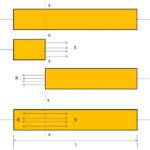
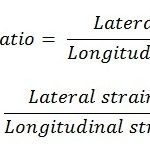
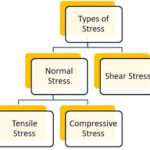
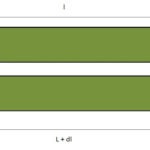
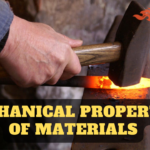



I used to be able to find good info from your blog articles.|